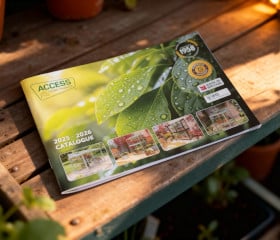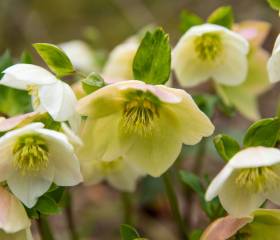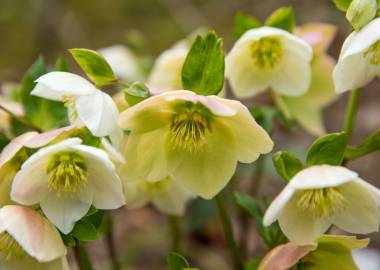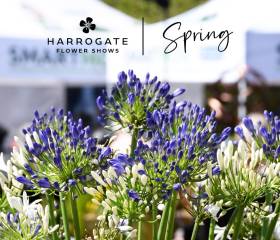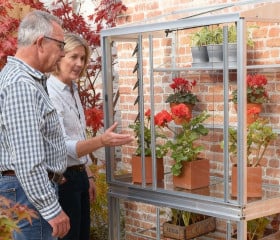About Us
Access was started in the late 1950’s by Mr Graham Pearce, an industrial chemist who had traded chemistry for the ‘good life’ running a small market garden in Crick, Northamptonshire. To try and get a better price for his strawberries, he designed an innovative glass and steel cold frame with sliding glass sides for easy access – hence our original name Access Frames.
Graham’s early career as an industrial chemist saw him living on the west coast of Scotland, so he had experienced the harsh Scottish winters with constant wind and rain – this influenced his later cold frame designs and these principles are still part of our design philosophy today.
Two principles were at the heart of the design: there should be no heavy lids to lift for access or ventilation; and there should be plenty of light inside, unlike the traditional cold frames with wood or brick sides. By having glass on the sides as well as the top, light and ventilation were dramatically improved.
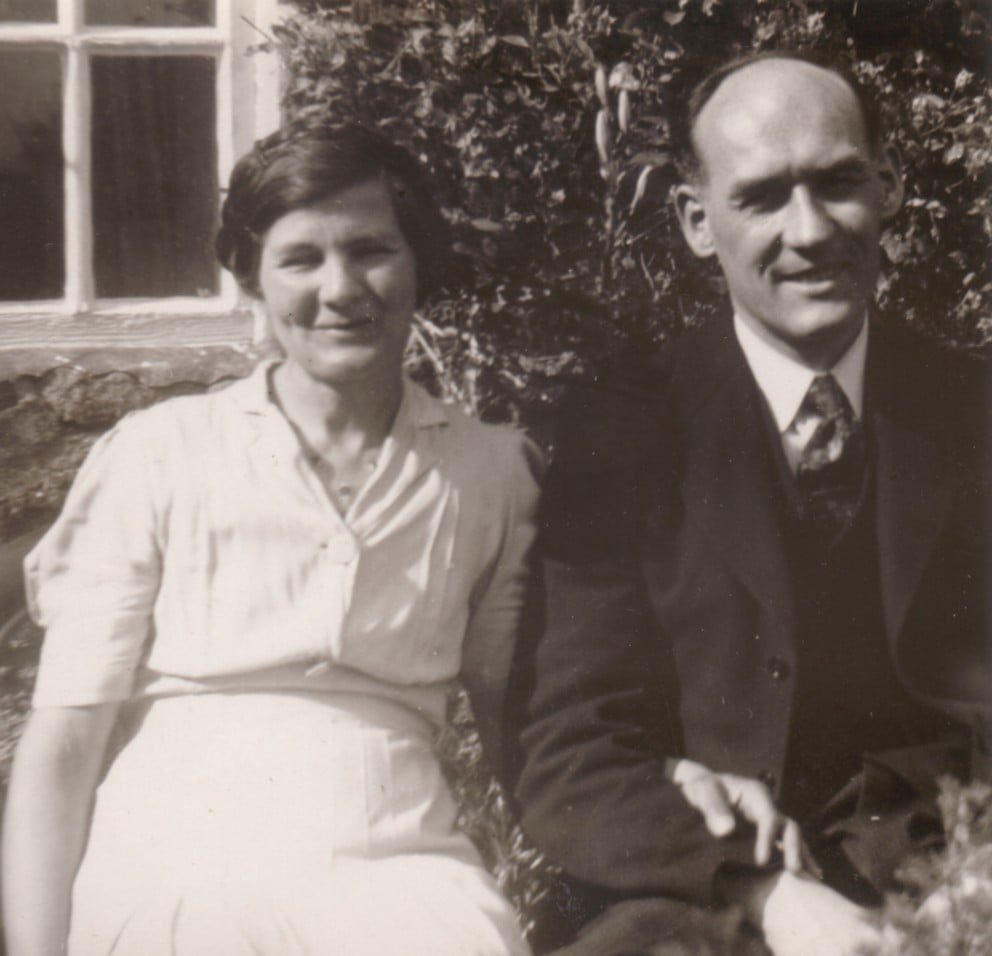
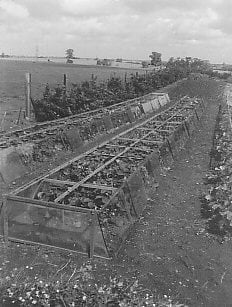
The sandy soil at Crick caused low strawberry yields at the market garden and it was decided to concentrate instead on selling the cold frame. Before the invention of the polytunnel, cold frames were a low cost way of growing under glass. As nurseries and growers began to take up the cold frames with enthusiasm, attention was turned to providing irrigation inside the frames. Unhappy with the nozzles already available, Mr Pearce used his scientific background to design his own.
In the 1960’s and early 1970’s Access cold frames were use by growers throughout the UK for growing early and protected crops. The main product was the Access Ten by Four and long runs of these were used to cover fields and produce crops. The frame was made from galvanised steel with a tanalised timber base. The removable glass panels made tending to the crops and harvesting easy.
Initially two Nissan huts were repurposed from keeping chickens to manufacturing the cold frame, the first workers in the factory had to contend with the chickens, but eventually all of the chickens were moved out to make way for more space for production.
The invention of the polythene tunnel caused the company to refocus. Cold frames were then targeted at the keen gardener and the irrigation division was formed to supply growers with irrigation for their tunnels – irrigation was still in its infancy in the UK.
To boost sales of the Cold Frames, Access began exhibiting at Flower Shows – this photo shows one of the earliest shows in Harrogate, a show we still exhibit at today.
In 1962, we were accepted to exhibit at Chelsea Flower Show, the biggest flower show in the world.
To cater for smaller domestic gardens a Four x Four 4ft x 4ft model was introduced to sell alongside the bigger Ten by Four. Mr Pearce also experimented with plastic coverings for the frame, but quickly concluded that the plastic material was not as good as glass – even today we find glass far superior to plastic for glazing the frames.


In 1977 a new range was designed by Graham’s son Don, using lightweight aluminium alloy. The aluminium allowed the profiles to be extruded and allowed a number of improvements to the design, while staying true to the original concept.
This new launch also saw another model added to the product range, a 2ft deep cold frame. In what would be a familiar theme to the company over the years, customers were asking for something smaller to fit into their garden. The trend to smaller gardens over time translates into requests for ever smaller products.
In the mid 1980’s a completely new product was launched – the Access Mini-greenhouse. Designed to fit against a wall, the mini greenhouse was ideal for bringing on seedlings and over wintering. Shelves were included to make the most of the growing height and a removable centre staging allowed tomatoes to be grown in the Summer.
The mini greenhouse has been designed in response to a local lady whole lived in a flat and complained that there was nothing in the range for her. Her persistence lead to Donald Pearce, making a one off design just for her. However, they were so impressed with the new design, they decided to launch the product the following year.
The mini greenhouse was an instant success and boosted sales significantly. Soon the mini greenhouses overtook the cold frames in popularity – a lesson to always listen to your customers!

By now, with both the greenhouse and the irrigation side of the business doing well, the small holding was becoming rather cramped. A new office and factory had been added in the late 1970’s, displacing the geese that roamed in that part of the small holding, and in the 1980’s the old Nissan huts were demolished to make way for a new production unit for the greenhouses.
The turn of the century saw a brand new ‘metric’ range. As people’s gardens were getting ever smaller, customers would complain that the mini greenhouses were ‘too long and too deep’. The advert of toughened glass allowed us to move away from the standard horticultural panel sizes and deign our own glass sizes to give more flexibility.
Over time the range has expanded to include very narrow models, large mini greenhouses that hold as many plants as a conventional greenhouse, models on wheels for easy movement and models on legs to reduce bending.
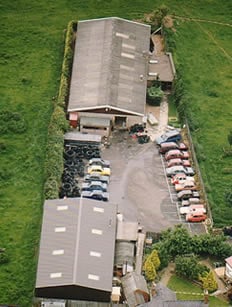
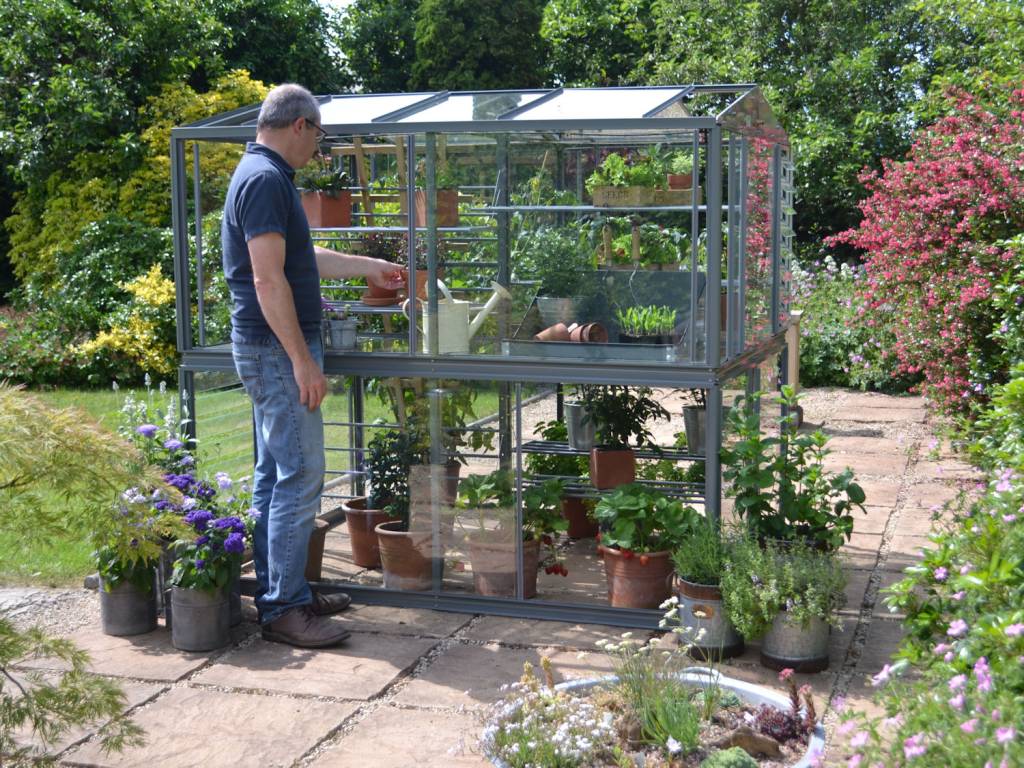

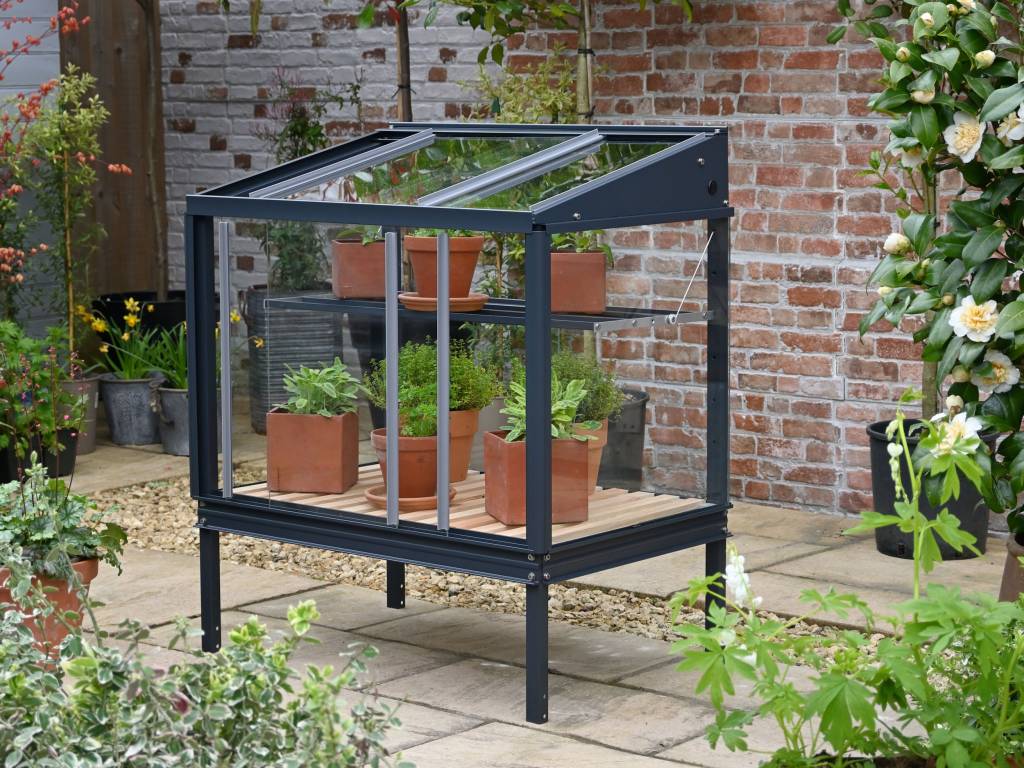
As we approach 70 years of operation as a company, the original philosophy of Mr Pearce in the 1950’s of excellent quality and well designed products, coupled with great customer service is a true today as it was when we first started. Although we employ modern manufacturing techniques and automated office systems, we still believe in having a strong relationship with our customers and providing a personal touch – including having real people to talk to if the are any issues.
Our products are backed up with a 25 year framework guarantee on the aluminium structure and an after-sales service that can still source most spare parts for frames manufactured in the 1980’s and 1990’s. We have regular conversations with customers who have either inherited or purchased a product second hand and need items to refurbish the frame.

